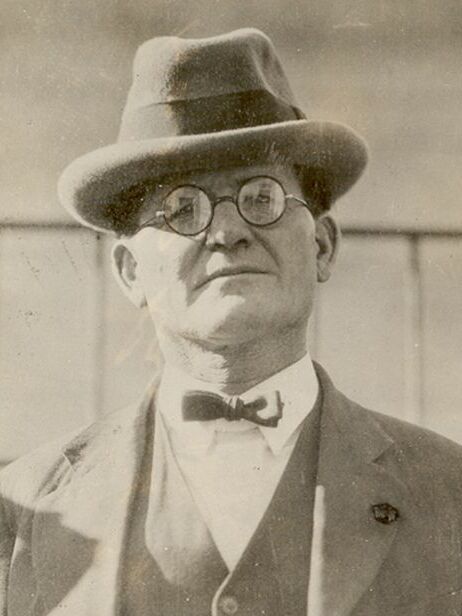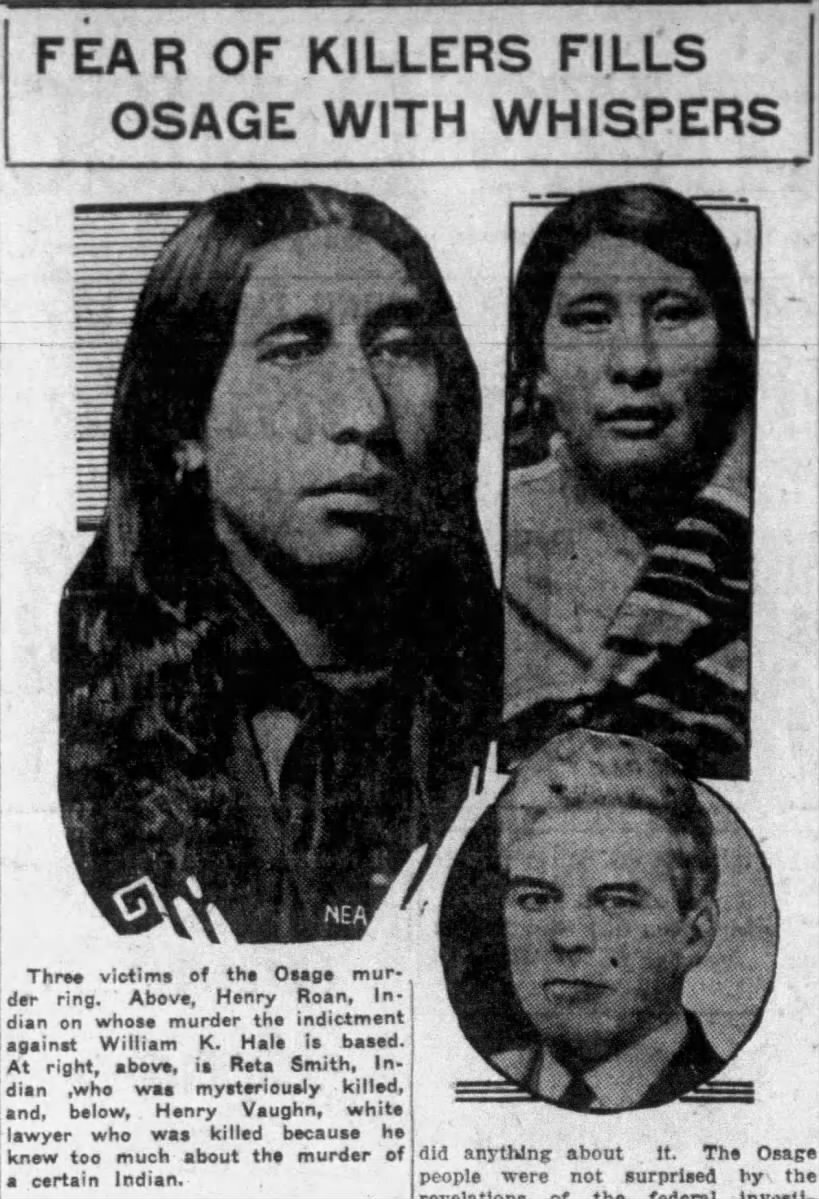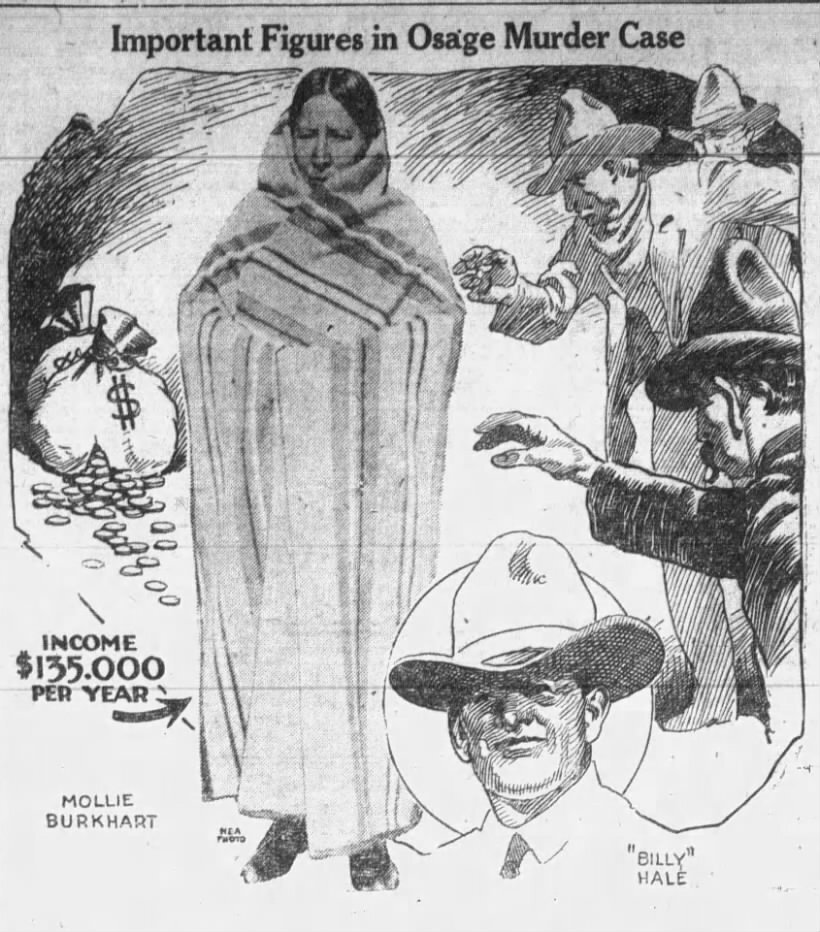
1874 - 1962
William King Hale
Summary
Name:
Nickname:
King of the Osage HillsYears Active:
1921 - 1926Birth:
December 24, 1874Status:
DeceasedClass:
Serial KillerVictims:
6+Method:
Poisoning / Shooting / ExplosivesDeath:
August 15, 1962Nationality:
USA
1874 - 1962
William King Hale
Summary: Serial Killer
Name:
William King HaleNickname:
King of the Osage HillsStatus:
DeceasedVictims:
6+Method:
Poisoning / Shooting / ExplosivesNationality:
USABirth:
December 24, 1874Death:
August 15, 1962Years Active:
1921 - 1926Date Convicted:
October 29, 1926bio
William Hale's life story began in Hunt County, Texas, where he was born on Christmas Eve in 1874. Tragically, his mother passed away when he was just three years old. By the age of sixteen, Hale was already working as a cowboy in West Texas. At eighteen, he was managing cattle on the Kiowa-Comanche reservation in what was then Indian Territory.
At the turn of the 20th century, Hale settled in the Osage Nation, now known as Osage County, Oklahoma. He and his wife initially lived in a tent while raising cattle. By 1905, Hale had moved to Gray Horse, an Osage town, where he managed a ranch. By 1907, he had partnered with local bankers to purchase his own ranch. Despite his lack of formal education, Hale amassed a significant fortune, partly through unethical means such as insurance fraud and exploiting the native Osage people.

Hale's influence extended beyond business. He proclaimed himself the "King of the Osage," owned significant stakes in the local bank, a general store, and a funeral home, and also served as a reserve deputy sheriff for Fairfax. He owned a 5,000-acre ranch and leased an additional 45,000 acres from Osage landowners.
FBI special agent Tom White, tasked with investigating Hale, noted in a memo to FBI Director J. Edgar Hoover that Hale had become a millionaire who dominated local politics. White described Hale's strategy for building power and prestige as one reliant on distributing gifts and favors.
murder story
William Hale and his nephews, Ernest and Byron Burkhart, devised a dark scheme to take over the valuable oil rights of the Osage Native Americans through marriage and murder.
Their tragic conspiracy began when Hale coerced Kelsie Morrison to murder Mollie Kyle’s sister, Anna Brown, in May 1921, under the pretense of clearing a debt. This set off a chain of sinister events leading to several mysterious deaths, each paving the way for Hale and his family to inherit the victims' wealth.
As their plot thickened, more Osage members connected to Hale met grim fates—poisonings, shootings, and even bombings. Among the murdered was Henry Roan, whose life Hale had insured for $25,000, claiming the payout when Roan was found dead.

Hale's influence ran deep. He had strong ties with local authorities that helped him manipulate investigations and even attempted to craft alibis through a hired private investigator. However, the growing scale of the conspiracy caught the attention of the federal government. The Bureau of Investigation sent undercover agents, eventually exposing the extent of Hale’s crimes.
Despite Hale’s efforts to sway judicial outcomes, the evidence mounted. His nephew Ernest, pressed by federal agents, confessed, linking Hale directly to the murders. Hale faced multiple trials. Though the first ended without a verdict, his continued attempts to manipulate the proceedings failed, and he was finally convicted and sentenced to life in prison for his crimes. Hale was paroled in 1947 and lived quietly until his death in 1962.